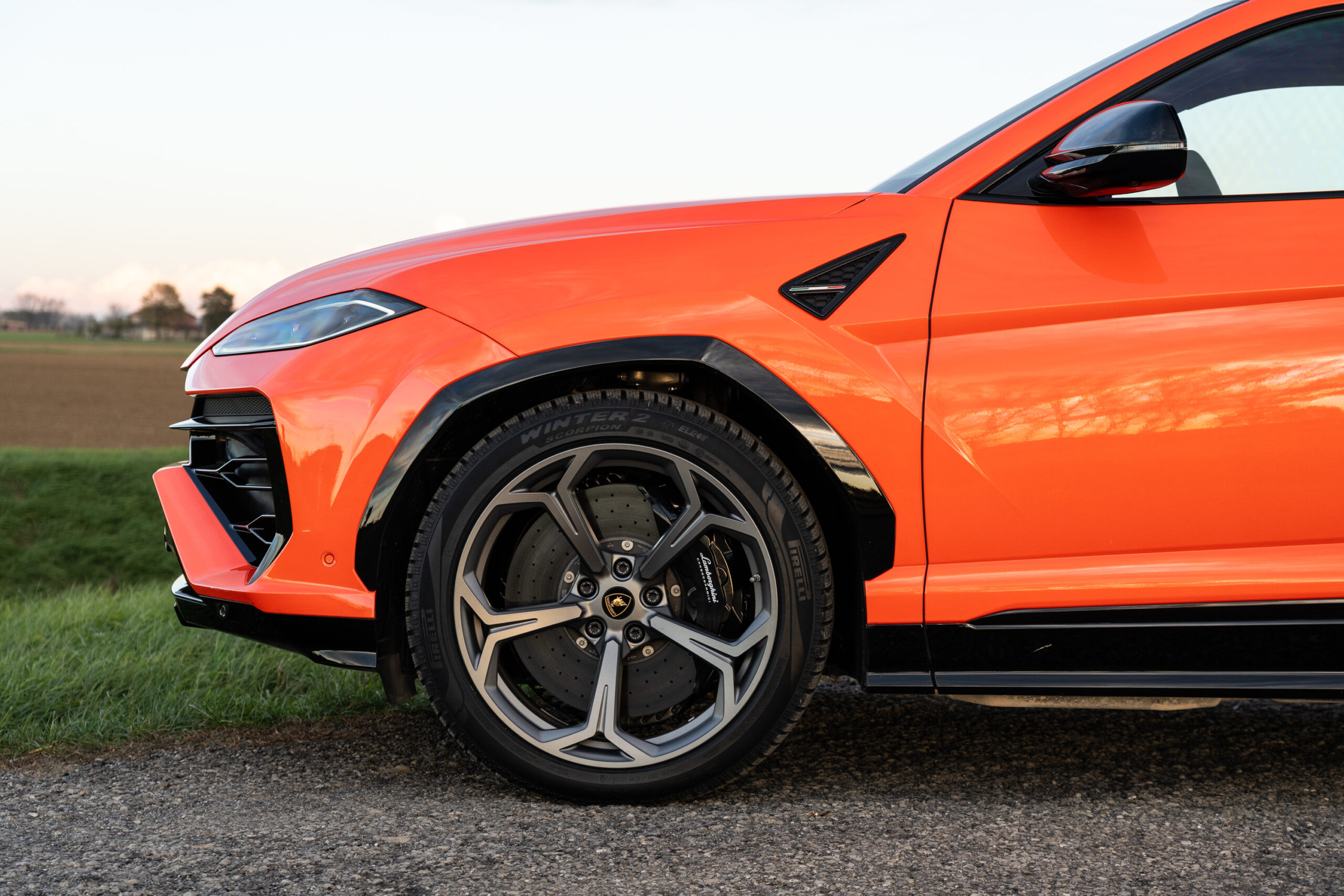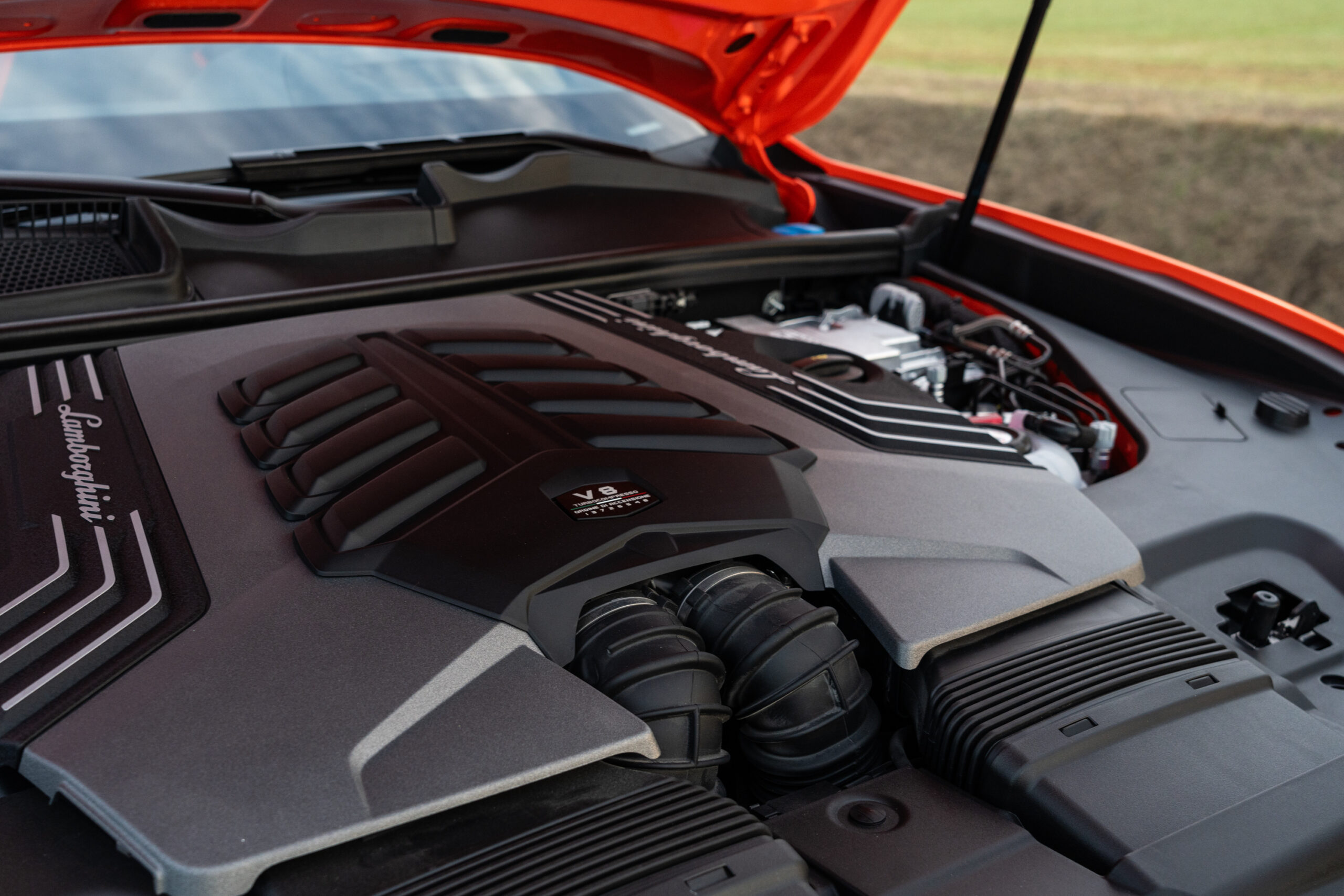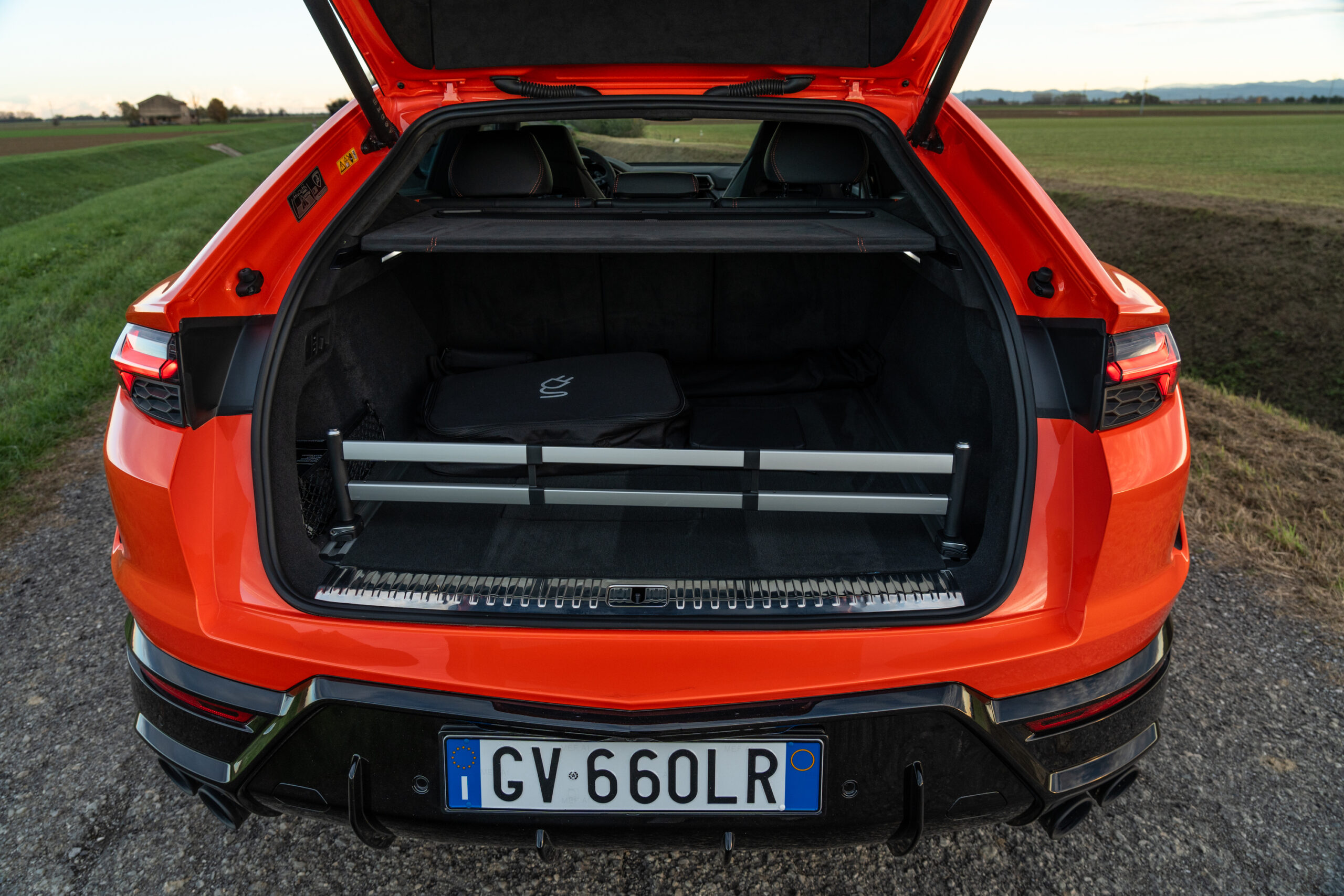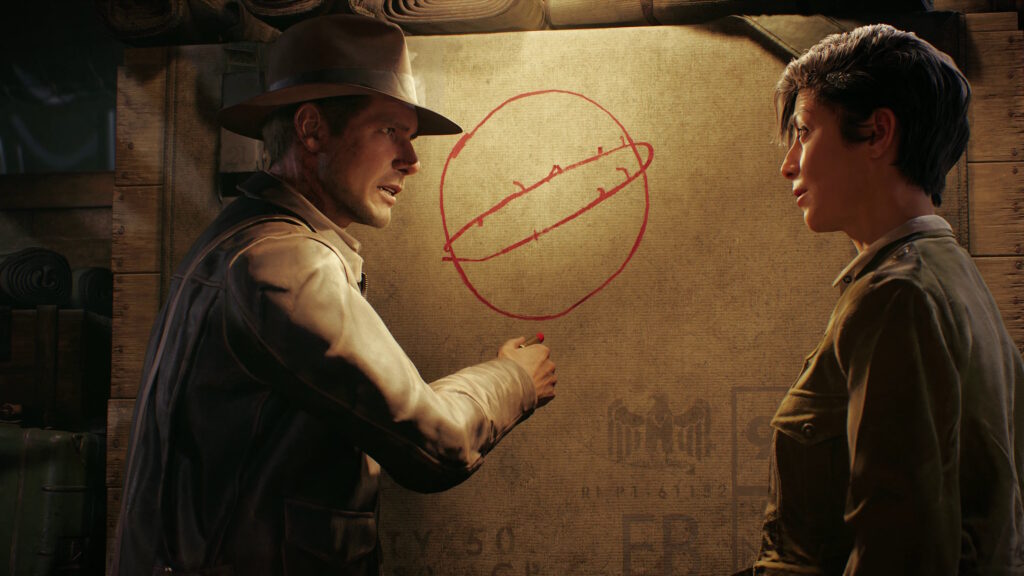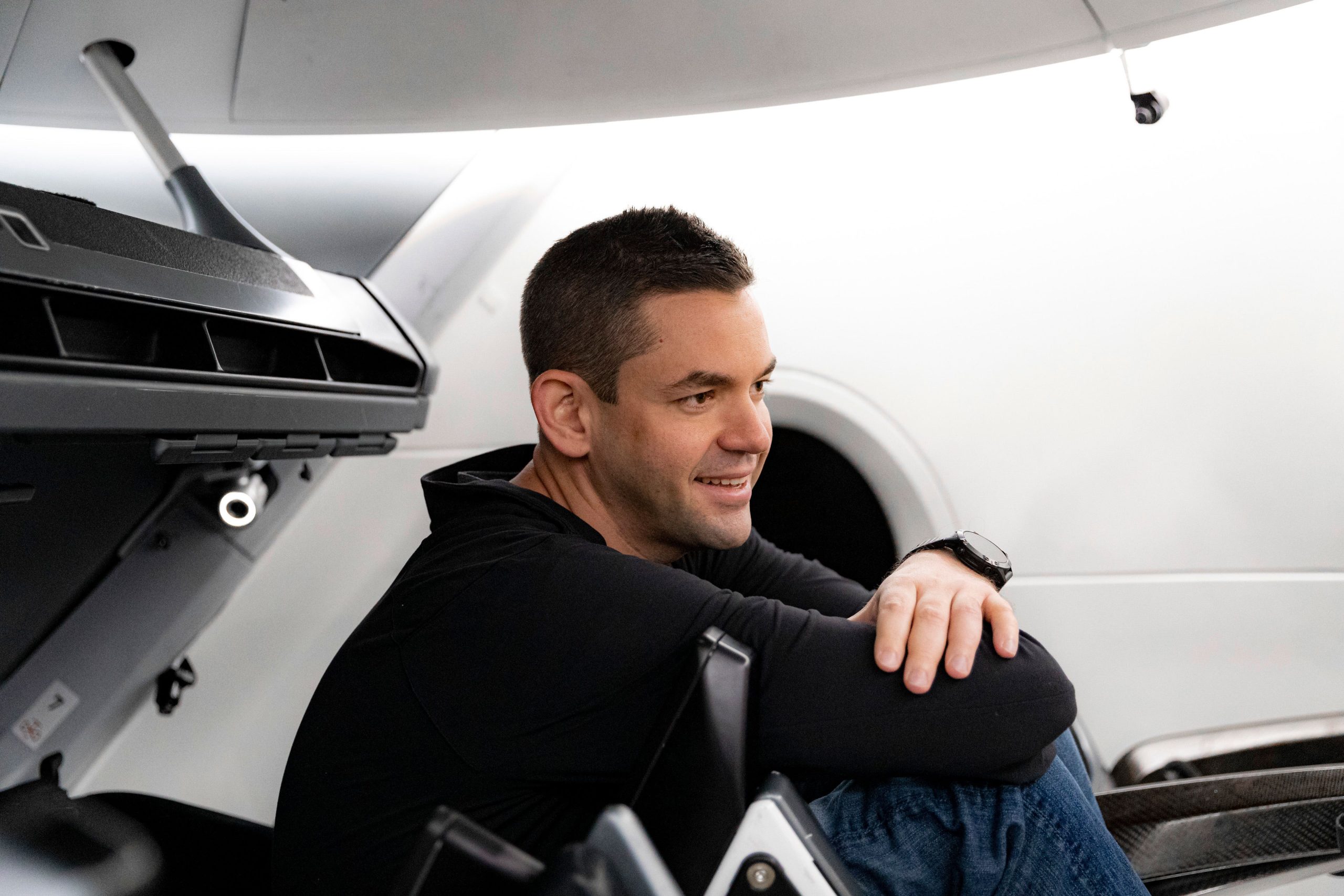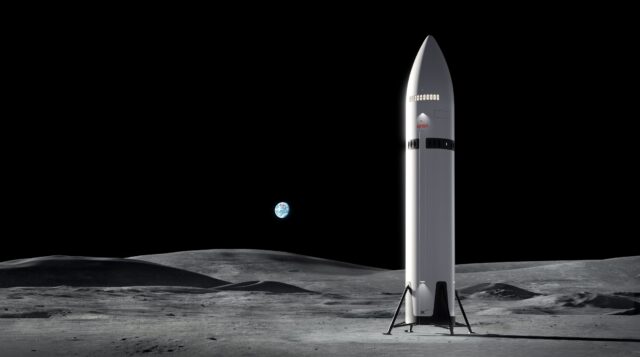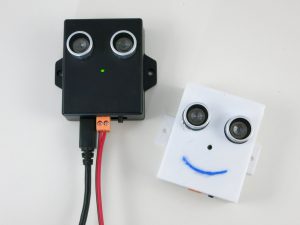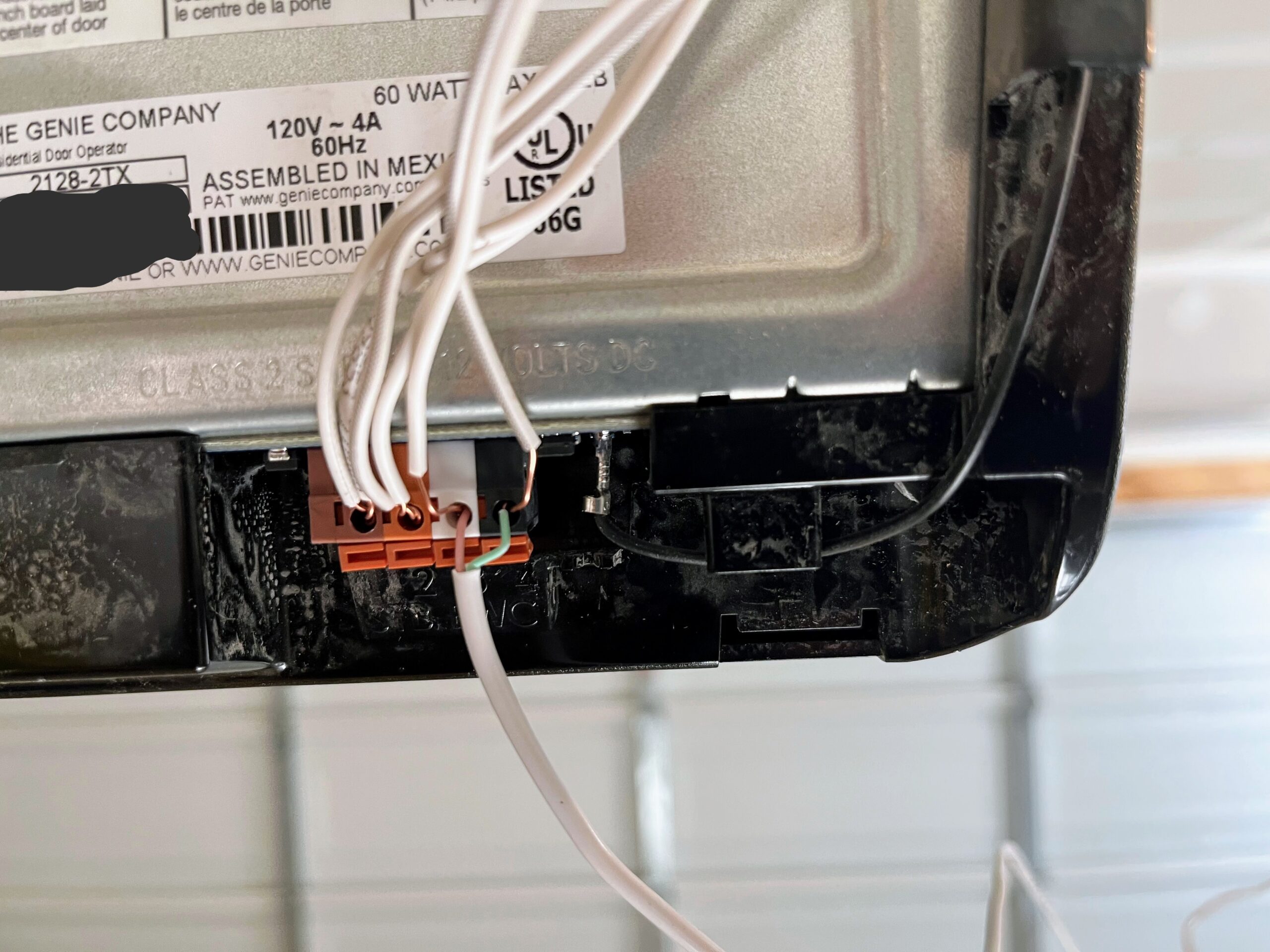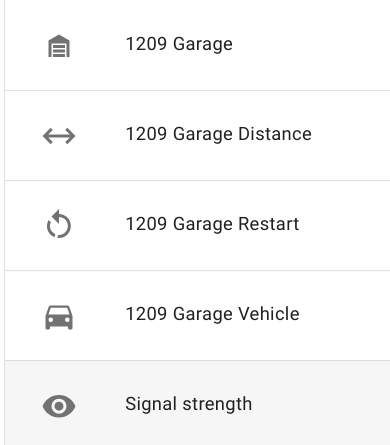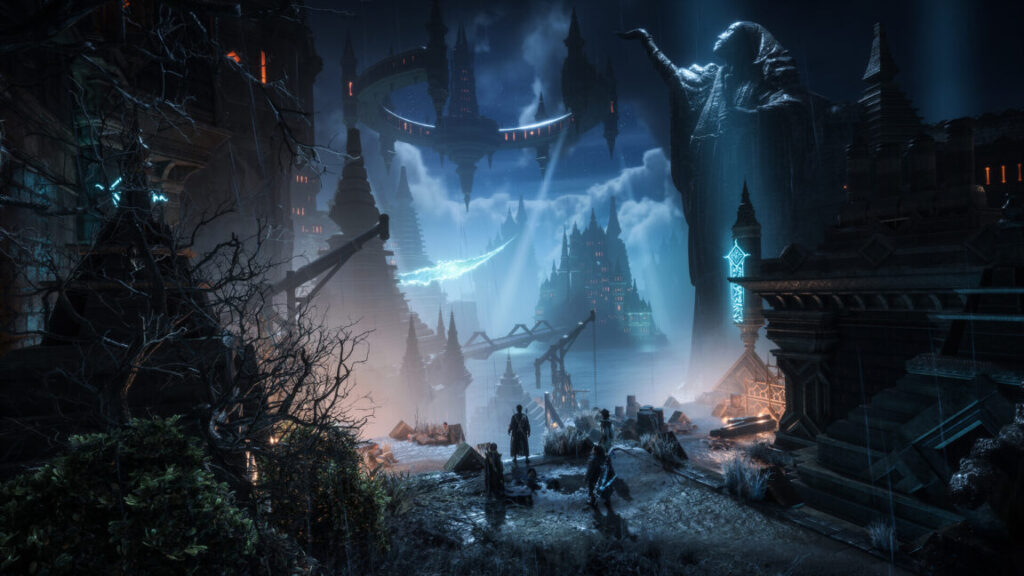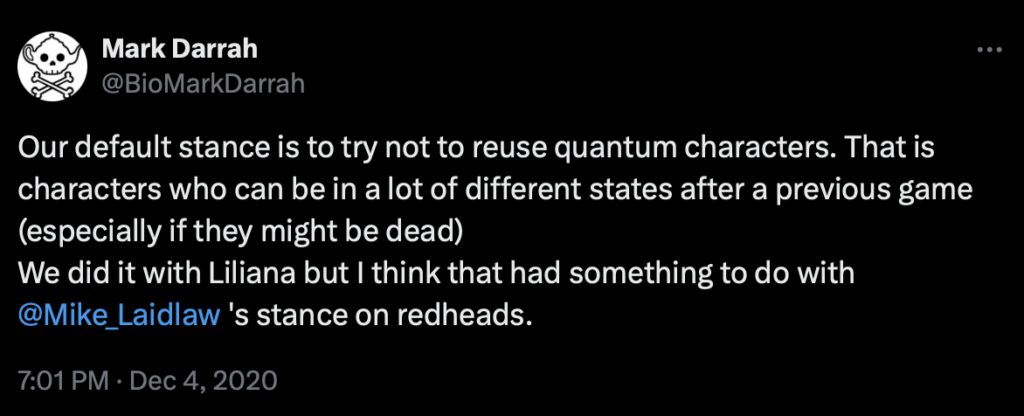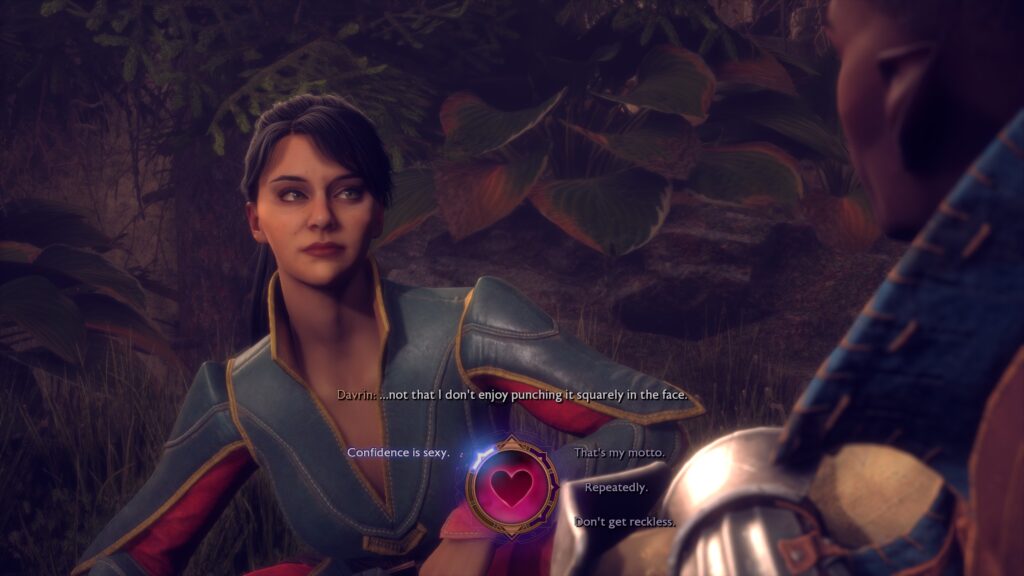Buying a TV in 2025? Expect lower prices, more ads, and an OS war.
If you’re looking to buy a TV in 2025, you may be disappointed by the types of advancements TV brands will be prioritizing in the new year. While there’s an audience of enthusiasts interested in developments in tech like OLED, QDEL, and Micro LED, plus other features like transparency and improved audio, that doesn’t appear to be what the industry is focused on.
Today’s TV selection has a serious dependency on advertisements and user tracking. In 2025, we expect competition in the TV industry to center around TV operating systems (OSes) and TVs’ ability to deliver more relevant advertisements to viewers.
That yields a complicated question for shoppers: Are you willing to share your data with retail conglomerates and ad giants to save money on a TV?
Vizio is a Walmart brand now
One of the most impactful changes to the TV market next year will be Walmart owning Vizio. For Walmart, the deal, which closed on December 3 for approximately $2.3 billion, is about owning the data collection capabilities of Vizio’s SmartCast OS. For years, Vizio has been shifting its business from hardware sales to Platform+, “which consists largely of its advertising business” and “now accounts for all the company’s gross profit,” as Walmart noted when announcing the acquisition.
Walmart will use data collected from Vizio TVs to fuel its ad business, which sells ads on the OSes of its TVs (including Vizio and Onn brand TVs) and point-of-sale machines in Walmart stores. In a December 3 statement, Walmart confirmed its intentions with Vizio:
The acquisition… allows Walmart to serve its customers in new ways to enhance their shopping journeys. It will also bring to market new and differentiated ways for advertisers to meaningfully connect with customers at scale and boost product discovery, helping brands achieve greater impact from their advertising investments with Walmart Connect—the company’s retail media business in the US.
In 2025, buying a Vizio TV won’t just mean buying a TV from a company that’s essentially an ad business. It will mean fueling Walmart’s ad business. With Walmart also owning Onn and Amazon owning Fire TVs, that means there’s one less TV brand that isn’t a cog in a retail giant’s ever-expanding ad machine. With a history that includes complaints around working conditions and questionable products, including some that are straight scams, some people (including numerous Ars commenters) try to avoid commerce giants like Walmart and Amazon. In 2025, that will be harder for people looking for a new TV, especially an inexpensive one.
“Roku is at grave risk”
Further, Walmart has expressed a goal of becoming one of the 10 biggest ad companies, with the ad business notably having higher margins than groceries. It could use Vizio, via more plentiful and/or intrusive ads, to fuel those goals.
And Walmart’s TV market share is set to grow in the new year. Paul Gray, research director of consumer electronics and devices at Omdia, told Ars Technica he expects that “the new combined sales (Vizio plus Walmart’s white label) will be bigger than the current market leader Samsung.”
There are also potential implications related to how Walmart decides to distribute TVs post-acquisition. As Patrick Horner, practice leader of consumer electronics at Omdia, told Ars:
One of the possibilities is that Walmart could make use of the Vizio operating system a condition for placement in stores. This could change not only the Onn/Vizio TVs but may also include the Chinese brands. The [Korean] and Japanese brands may resist, as they have premium brand positioning, but the Chinese brands would be vulnerable. Roku is at grave risk.
Roku acquisition?
With Walmart set to challenge Roku, some analysts anticipate that Roku will be acquired in 2025. In December, Guggenheim analysts predicted that ad tech firm The Trade Desk, which is launching its own TV OS, will look to buy Roku to scale its OS business.
Needham & Company’s Laura Martin also thinks an acquisition—by The Trade Desk or possibly one of Walmart’s retail competitors—could be on the horizon.
‘’Walmart has told you by buying Vizio that these large retailers need a connected television advertising platform to tie purchases to,” Martin told Bloomberg. “That means Target and other large retailers have that reason to buy Roku to tie Roku’s connected television ad units to their sales in their retail stores. And by the way, Roku has much higher margins than any retailer.’”
She also pointed to Amazon as a potential buyer, noting that it might be able to use Roku’s user data to feed large language models.
Roku was already emboldened enough in 2024 to introduce home screen video ads to its TVs and streaming devices and has even explored technology for showing ads over anything plugged into a Roku set. Imagine how using Roku devices might further evolve if owned by a company like The Trade Desk or Amazon with deep interests in ads and tracking.
TV owners accustomed to being tracked
TV brands have become so dependent on ads that some are selling TVs at a loss to push ads. How did we get to the point where TV brands view their hardware as a way to track and sell to viewers? Part of the reason TV OSes are pushing the limits on ads is that many viewers seem willing to accept them, especially in the name of saving money.
Per the North American Q2 2024 TiVo Video Trends Report, 64.3 percent of subscription video-on-demand users subscribe to an ad-supported tier (compared to 48 percent in Q2 2023). And users are showing more tolerance to ads, with 77.8 percent saying they are “tolerant” or “in favor of” ads, up from 74 percent in Q2 2023. This is compared to 22.2 percent of respondents saying they’re “averse” to ads. TiVo surveyed 4,490 people in the US and Canada ages 18 and up for the report.
“Based on streaming services, many consumers see advertising as a small price to pay for lower cash costs,” Horner said.
The analyst added:
While some consumers will be sensitive to privacy issues or intrusive advertising, at the same time, most people have shown themselves entirely comfortable with being tracked by (for example) social media.
Alan Wolk, co-founder and lead analyst at the TVREV TV and streaming analyst group, agreed that platforms like Instagram have proven people’s willingness to accept ads and tracking, particularly if it leads to them seeing more relevant advertisements or giving shows or movies better ratings. According to the analyst, customers seem to think, “Google is tracking my finances, my porn habits, my everything. Why do I care if NBC knows that I watch football and The Tonight Show?”
While Ars readers may be more guarded about Google having an insider look at their data, many web users have a more accepting attitude. This has opened the door for TVs to test users’ max tolerance for ads and tracking to deliver more relevant ads.
That said, there’s a fine line.
“Companies have to be careful of… finding that line between taking in advertising, especially display ads on the home screen or whatnot, and it becoming overwhelming [for viewers],” Wolk said.
One of the fastest-growing ad vehicles for TVs currently and into 2025 is free, ad-supported streaming television (FAST) channels that come preloaded and make money from targeted ads. TCL is already experimenting with what viewers will accept here. It recently premiered movies made with generative AI that it hopes will fuel its FAST business while saving money. TCL believes that passive viewers will accept a lot of free content, even AI-generated movies and shows. But some viewers are extremely put off by such media, and there’s a risk of souring the reputation of some FAST services.
OS wars
We can expect more competition from TV OS operators in 2025, including from companies that traditionally have had no place in consumer hardware, like ad tech giant The Trade Desk. These firms face steep competition, though. Ultimately, the battle of TV OSes could end up driving improvements around usability, content recommendations, and, for better or worse, ad targeting.
Following heightened competition among TV OSes, Omdia’s Gray expects winners to start emerging, followed by consolidation.
“I expect that the final state will be a big winner, a couple of sizeable players, and some niche offerings,” he said.
Companies without backgrounds in consumer tech will have difficulty getting a foot into an already crowded market, which means we may not have to worry much about companies like The Trade Desk taking over our TVs.
“I have yet to meet a single person who hasn’t looked at me quizzically and said, ‘Wait, what are they thinking?’ Because the US market for the operating system is very tight,” Wolk said. “… So for American consumers, I don’t think we’ll see too many new entrants.”
You can also expect Comcast and Charter to push deeper into TV software as they deal with plummeting cable businesses. In November, they made a deal to put their joint venture’s TV OS, Xumo OS, in Hisense TVs that will be sold in Target. Xumo TVs are already available in almost 8,000 locations, Comcast and Charter said in November. The companies claimed that the retailers selling Xumo TVs “represent nearly 75 percent of all smart TV sales in the US.”
Meanwhile, Xperi Corp. said in November that it expected its TiVo OS to be in 2 million TVs by the end of 2024 and 7 million TVs by the end of 2025. At the heart of Tivo OS is TiVo One, which TiVo describes as a “cross-screen ad platform for new inventory combined with audience targeting and monetization” that is available in TVs and car displays. Announcing TiVo One in May, Xperi declared that the “advertising market is projected to reach [$36] billion” by 2026, meaning that “advertising on smart TVs has never been more imperative.”
But as competition intensifies and pushes the market into selecting a few “sizeable players,” as Gray put it, there’s more pressure for companies to make their OSes stand out to TV owners. This is due to advertising interests, but it also means more focus on making TVs easier to use and better able to help people find something to watch.
Not a lot of options
At the start of this article, we asked if you’d be willing to share your data with retail conglomerates and ad giants to save money on a TV. But the truth is there aren’t many alternative options beyond disconnecting your TV from the Internet or paying for an Apple TV streaming device in addition to your TV. Indeed, amid a war among OSes, many Ars readers will opt not to leverage ad-filled software at all. This shows a disconnect between TV makers and a core audience while suggesting limits in terms of new TV experiences next year.
Still, analysts agree that even among more expensive TV brands, there has been a shift toward building out ad businesses and OSes over improving hardware features like audio.
“This is a low-margin business, and even in the premium segment, the revenues from ads and data are significant. Also, the sort of consumer who buys a premium TV is likely to be especially interesting to advertisers,” Gray said.
Some worry about what this means for TV innovation. With software being at the center of TV businesses, there seems to be less incentive to drive hardware-related advancements. Gray echoed this sentiment while acknowledging that the current state of TVs is at least driving down TV prices.
“I do fear that the pressure to make better TVs will be lost and that matters such as… durability and performance risk being de-prioritized,” he said.
Vendors are largely leaving shoppers to drive improvements themselves, such as by buying additional gadgets like soundbars, Wolk noted.
In 2025, TVs will continue focusing innovation around software, which has immediate returns via ad sales compared to new hardware, which can take years to develop and catch on with shoppers. For some, this is creating a strong demand for dumb TVs, but unfortunately, there are no immediate signs of that becoming a trend.
As Horner put it, “This is an advertising/e-commerce-driven market, not a consumer-driven market. TV content is just the bait in the trap.”
Buying a TV in 2025? Expect lower prices, more ads, and an OS war. Read More »







